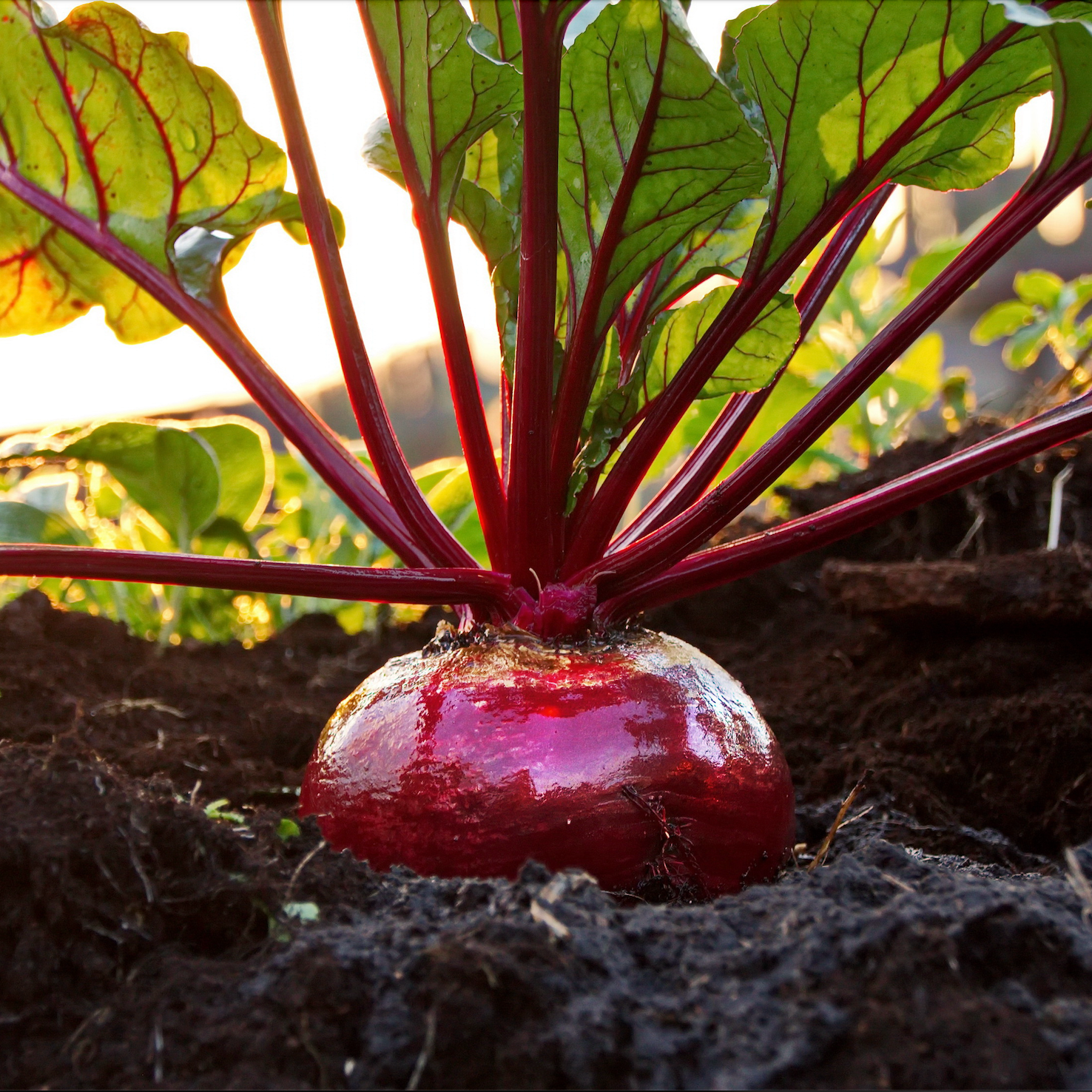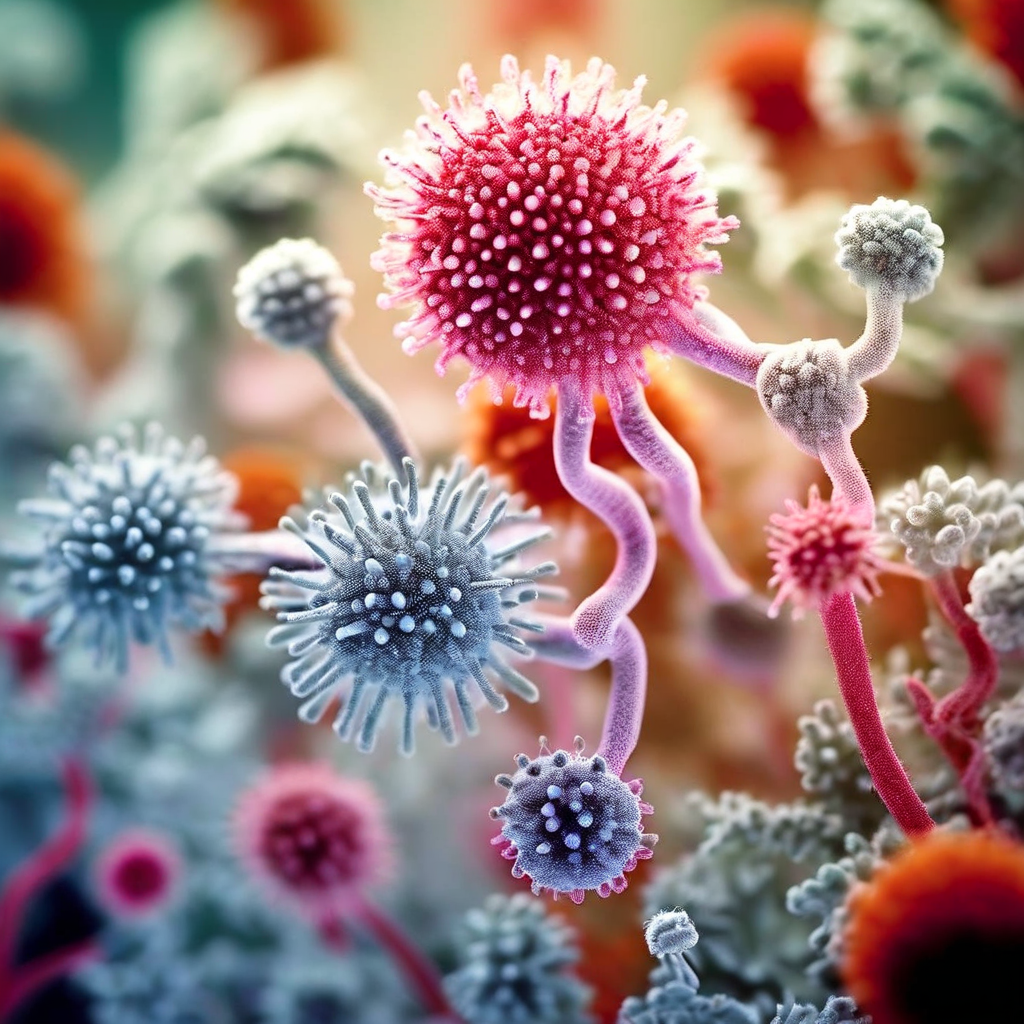Introduction
You may have heard that the menstrual cycle is considered the fifth sign of a woman's life. The hormonal changes that occur during your menstrual cycle not only make pregnancy possible, but also affect many other areas of your health and vitality. include your metabolism, your digestion, your mood, your emotional regulation, your energy level and your libido.
Since almost 50% of women worldwide suffer from PMS-related symptoms at some point in their lives and one in seven women in Germany struggles with infertility, it is especially important that you know how to support your menstrual cycle in a healthy way.
Each phase of your cycle has its own nutritional needs that can help you manage symptoms and optimize your overall health. Here are the phases of the cycle and the best nutritional tips for each phase:
Menstrual Phase (Days 1-5): Nutrient-Rich Comfort
During this phase, your body breaks down the lining of your uterus, causing blood loss and a drop in hormone levels. It's important to replenish lost nutrients and relieve symptoms like cramps and fatigue. Focus on foods rich in iron and other important nutrients to support your energy and reduce cramps.
Foods to be consumed:
Iron-rich foods: Eat leafy greens like spinach and kale, fish, lean meat like turkey, legumes like lentils and chickpeas, and tofu to replenish lost iron.
Vitamin C: Citrus fruits, peppers and strawberries improve iron absorption and strengthen your immune system, eliminate excess estrogen and increase progesterone levels, thereby reducing menstrual flow and discomfort
Magnesium: Dark chocolate, avocados, kale, bananas and nuts help relax muscles and can relieve cramps.
Omega-3 fatty acids: Fatty fish such as salmon and mackerel, flax seeds and walnuts can reduce inflammation and reduce menstrual pain.
Watery foods: Water-rich fruits and vegetables such as watermelon and cucumber help maintain your fluid balance and reduce bloating.
Flatulence and contractions: could be relieved by fennel seeds.
Follicular phase (days 6-14): refueling for growth
After menstruation, the follicular phase begins, which lasts until ovulation. Your estrogen levels rise and your energy levels usually increase. During this phase, it is important to maintain a balanced diet that supports the body, protects the follicles and promotes hormone production.
Foods to be consumed:
Fermented foods: Sauerkraut, kimchi and yogurt promote healthy gut flora and help keep your hormones in balance.
High-fiber foods: Whole grains like quinoa and oats, as well as beans and lentils, help break down excess estrogen and support your digestion.
Healthy fats: Avocados, nuts, seeds (such as pumpkin seeds and flax seeds) and olive oil support hormone production and provide you with long-lasting energy.
Antioxidant-rich foods: Berries, leafy greens and colorful vegetables protect the follicles and promote the health of your eggs.
Ovulation (days 14-16): Maximizing nutrient intake
Ovulation is the release of a mature egg from the ovaries. During this phase, estrogen and luteinizing hormone (LH) reach their peak. Your body now needs a lot of nutrients to support ovulation and keep you energetic.
Foods to be consumed:
High-fiber foods: Cruciferous vegetables such as broccoli and Brussels sprouts as well as whole grains such as brown rice and quinoa help break down excess estrogen and promote your intestinal health.
Antioxidant-rich foods: Berries, citrus fruits and tomatoes support liver detoxification and help reduce oxidative stress.
Healthy fats: Salmon, nuts, seeds and avocados help regulate your hormones and support your energy levels.
Hydrating foods: Water-rich fruits and vegetables help maintain your hydration and support your overall health.
Luteal phase (days 17-28): Hormonal balance and sustained energy
After ovulation, the luteal phase begins, which lasts until your next period. During this phase, progesterone levels rise and symptoms such as PMS may occur. It is important to choose foods that support your hormonal balance and keep your energy stable.
Foods to be consumed:
Magnesium-rich foods: Dark chocolate, nuts (such as almonds and cashews), seeds (such as pumpkin and sunflower seeds), and leafy greens can help relieve PMS symptoms and improve your energy levels.
Complex carbohydrates: Sweet potatoes, brown rice and whole grains help stabilize your blood sugar levels and reduce cravings.
Healthy fats: Avocados, nuts, seeds and fatty fish support hormone production and can reduce inflammation.
B vitamins: Leafy greens, whole grains, and lean proteins like chicken and turkey promote progesterone production and help stabilize your mood.
General tips:
Stay hydrated: Drink plenty of water throughout your cycle to reduce bloating and promote your overall health.
Avoid processed foods: Try to avoid processed foods, sugar, caffeine and alcohol as they can worsen symptoms such as bloating and mood swings.
Listen to your body: Pay attention to how your body reacts to different foods and adjust your diet accordingly to support you in the best possible way.
References:
Here are the 10-15 scientific references and studies in Harvard citation style:
1. Barth, C., Steele, CJ, Mueller, K., Rekkas, VP, Arélin, K., Pampel, A., Burmann, I., Kratzsch, J., Villringer, A. and Sacher, J., 2016. In-vivo dynamics of the human hippocampus across the menstrual cycle. *Scientific Reports*, 6, p.32833.
2. Barr, S., 1999. Nutrition in women's health. In: Mahan, LK and Escott-Stump, S., eds. *Krause's Food, Nutrition, and Diet Therapy*. 10th ed. Philadelphia: WB Saunders Company, pp. 482-509.
3. Bryant, M., Truesdale, KP, Dye, L., 2006. Modest changes in dietary intake across the menstrual cycle: implications for food intake research. *British Journal of Nutrition*, 96(5), pp.888-894.
4. Chocano-Bedoya PO, Manson JE, Hankinson SE, Willett WC, Johnson SR, Chasan-Taber L, Ronnenberg AG, Bigelow C, Bertone-Johnson ER, 2011. Dietary B vitamin intake and incident premenstrual syndrome. *American Journal of Clinical Nutrition*, 93(5), pp.1080-1086.
5. DiBonaventura, M., Chandran, A., 2015. A longitudinal assessment of the impact of chronic conditions on well-being and productivity among employees: results from the National Health and Wellness Survey. *BMC Public Health*, 15, p.1145.
6. Gaskins AJ, Mumford SL, Zhang C, Wactawski-Wende J, Hovey KM, Whitcomb BW, Perkins NJ, Schisterman EF, 2012. Effect of daily fiber intake on reproductive function: the BioCycle Study. *American Journal of Clinical Nutrition*, 95(1), pp. 182-191.
7. Gold, EB, 2011. The timing of the age at which natural menopause occurs. *Obstetrics and Gynecology Clinics of North America*, 38(3), pp.425-440.
8. Harris HR, Chavarro JE, Malspeis S, Willett WC, Missmer SA, 2013. Dairy-food, calcium, magnesium, and vitamin D intake and endometriosis: a prospective cohort study. *American Journal of Epidemiology*, 177(5), pp.420-430.
9. Jukic, AMZ, Steiner, AZ, Baird, DD, 2015. Lower plasma 25-hydroxyvitamin D is associated with irregular menstrual cycles in a cross-sectional study. *Reproductive Biology and Endocrinology*, 13, p.20.
10. Kotsopoulos, J., Tworoger, SS, Campos, H., Cramer, DW, 2010. The relationship between dietary fat and risk of ovarian cancer. *Cancer Causes & Control*, 21(12), pp.2195-2206.
11. Lambrinoudaki, I., Ceausu, I., Depypere, H., Erel, CT, Perez-Lopez, FR, Schenck-Gustafsson, K., Simoncini, T., Tremollieres, F., Rees, M., 2017 . EMAS position statement: diet and health in midlife and beyond. *Maturitas*, 95, pp. 79-83.
12. Mumford SL, Schisterman EF, Siega-Riz AM, Gaskins AJ, Steiner AZ, Daniels JL, Zhang C, Perkins NJ, Wactawski-Wende J, 2011. A dietary pattern characterized by high fiber, folate, and iron is associated with reduced risk of anovulation in the BioCycle Study. *Journal of Nutrition*, 141(7), pp.1291-1298.
13. Schisterman EF, Mumford SL, Browne RW, Barr DB, Chen Z, Louis GMB, 2014. Lipid concentrations and couple fecundity: the LIFE study. *Journal of Clinical Endocrinology & Metabolism*, 99(8), pp.2786-2794.
14. Thys-Jacobs, S., Starkey, P., Bernstein, D., Tian, J., 1998. Calcium carbonate and the premenstrual syndrome: effects on premenstrual and menstrual symptoms. *American Journal of Obstetrics and Gynecology*, 179(2), pp.444-452.
15. Wactawski-Wende, J., Schisterman, EF, Hovey, KM, Howards, PP, Browne, RW, Hediger, ML, Liu, A., Trevisan, M., Gassman, JJ, 2009. BioCycle study: design of the longitudinal study of the oxidative stress and hormonal variation during the menstrual cycle. *Pediatric and Perinatal Epidemiology*, 23(2), pp.171-184


